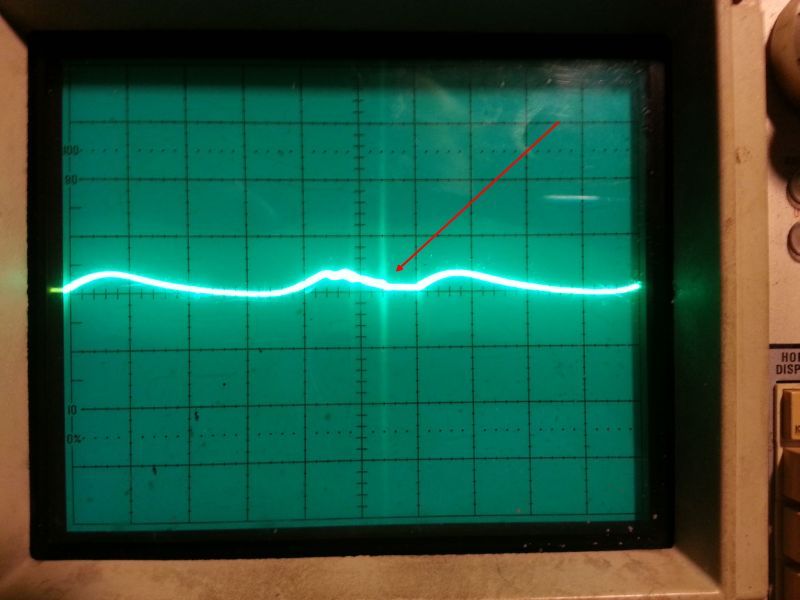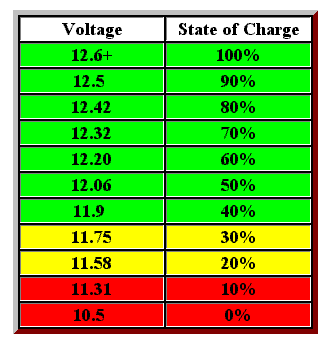Originally posted by Turion
I reposted this for several reasons from 2012? It is in the 3 battery
thread and shows the level of seriousness about what you have invented.
I am sure if others wanted to patent their own devices they might not
want to go to a California Lawyer but maybe go where they can set
down in person and talk.
The other reason is that it shows how hard you were working on things
and how far you have come since then. What caught my eye was your
work with the inverters instead of the motors.
I am still hunting down posts like this from 2012 or before if I can find
anything on inverters running in place of the mod mtr. I think it important
that people realize that an inverter can give the experimenter great
results, not like my recent trial runs.
I didn't realize the significance of having the exact voltages as show til
this week. I mean charge both ends? It didn't seem real so i went looking
for more posts. I don't think anyone here will be patenting until they can
learn how it works first.
But it is nice to know someone can get extra and is trying to get an
invention thru the law offices. 5 years is a long time for a lawyer who
may be thinking of retiring by now.
PS I REMOVED THE NUMBERS
















Comment